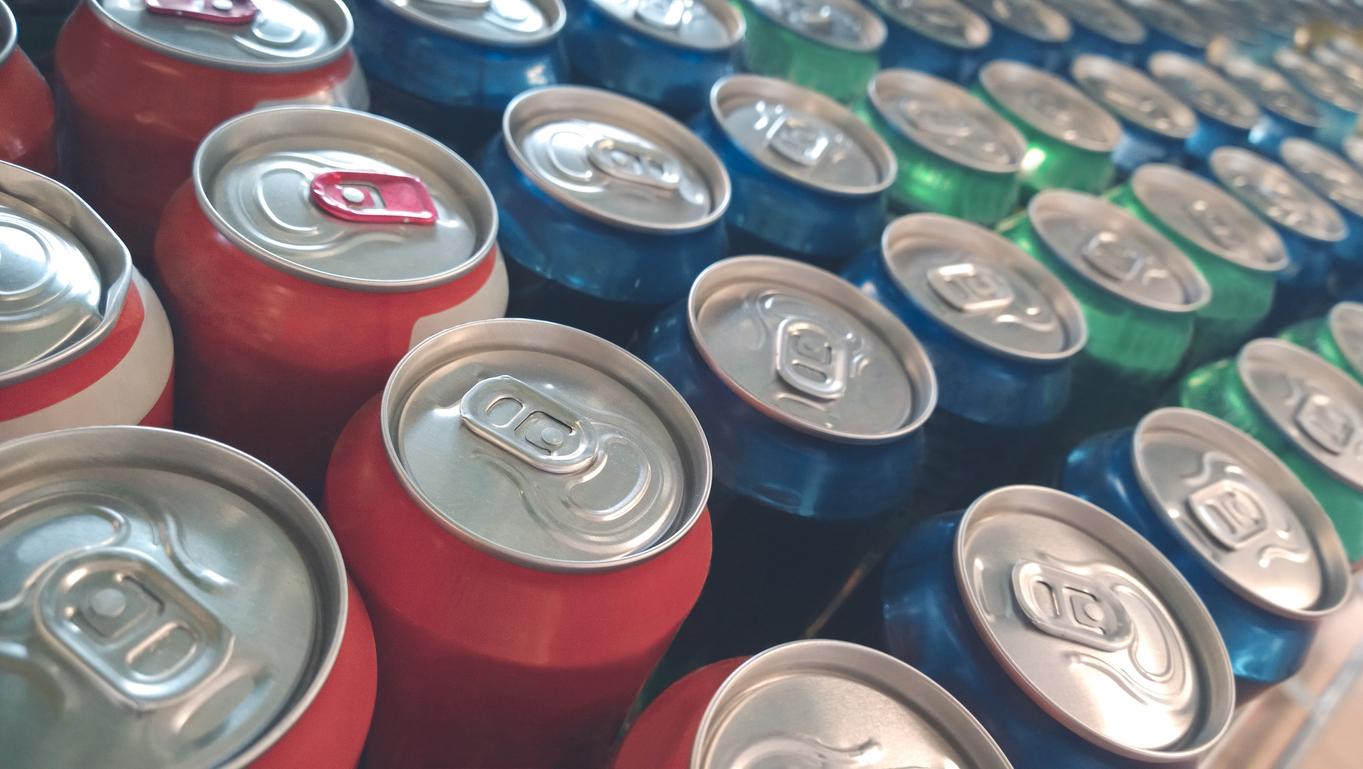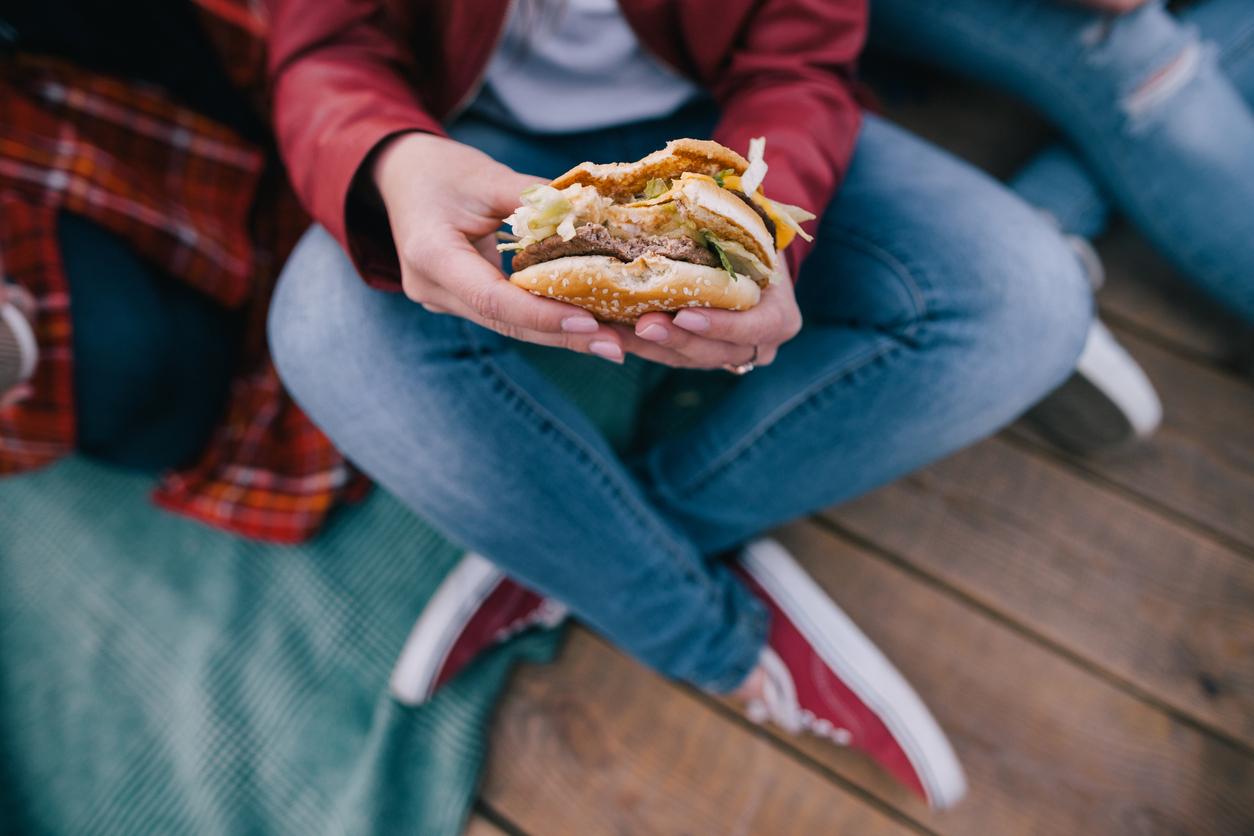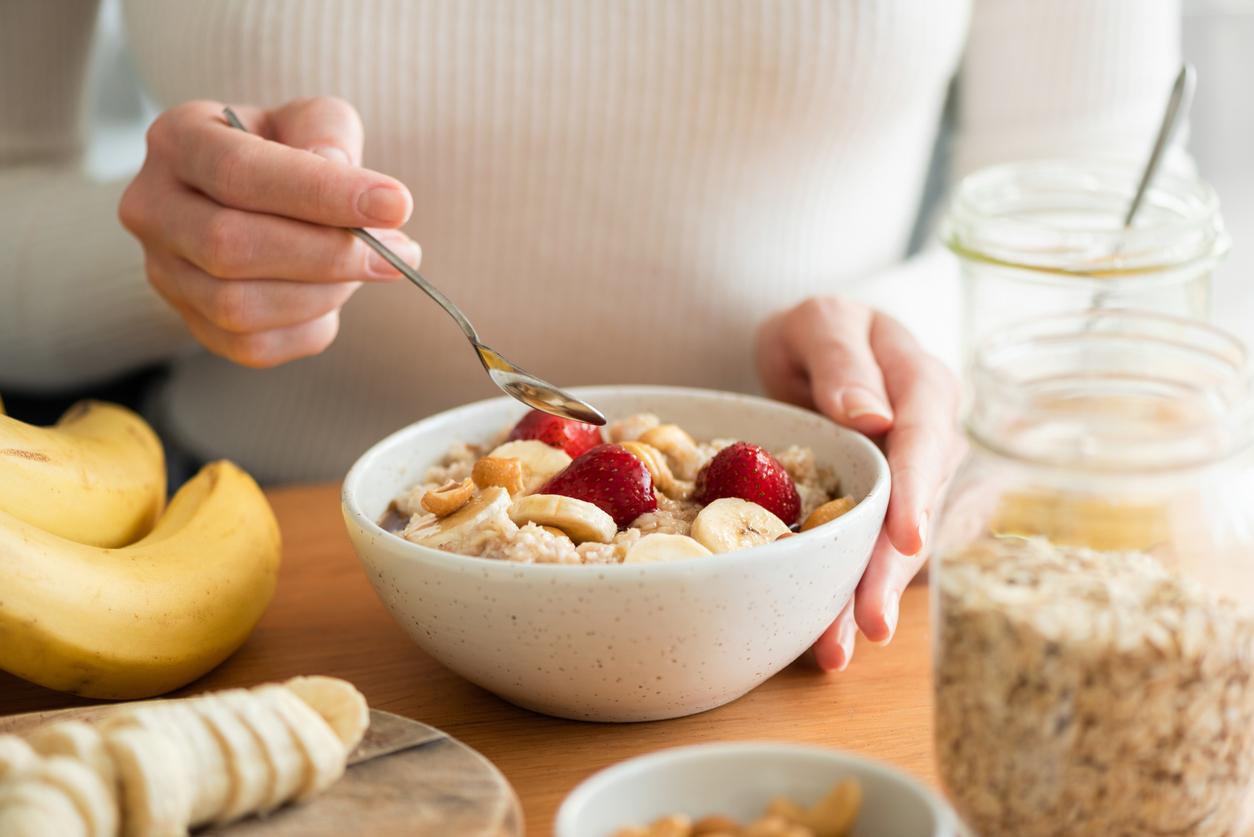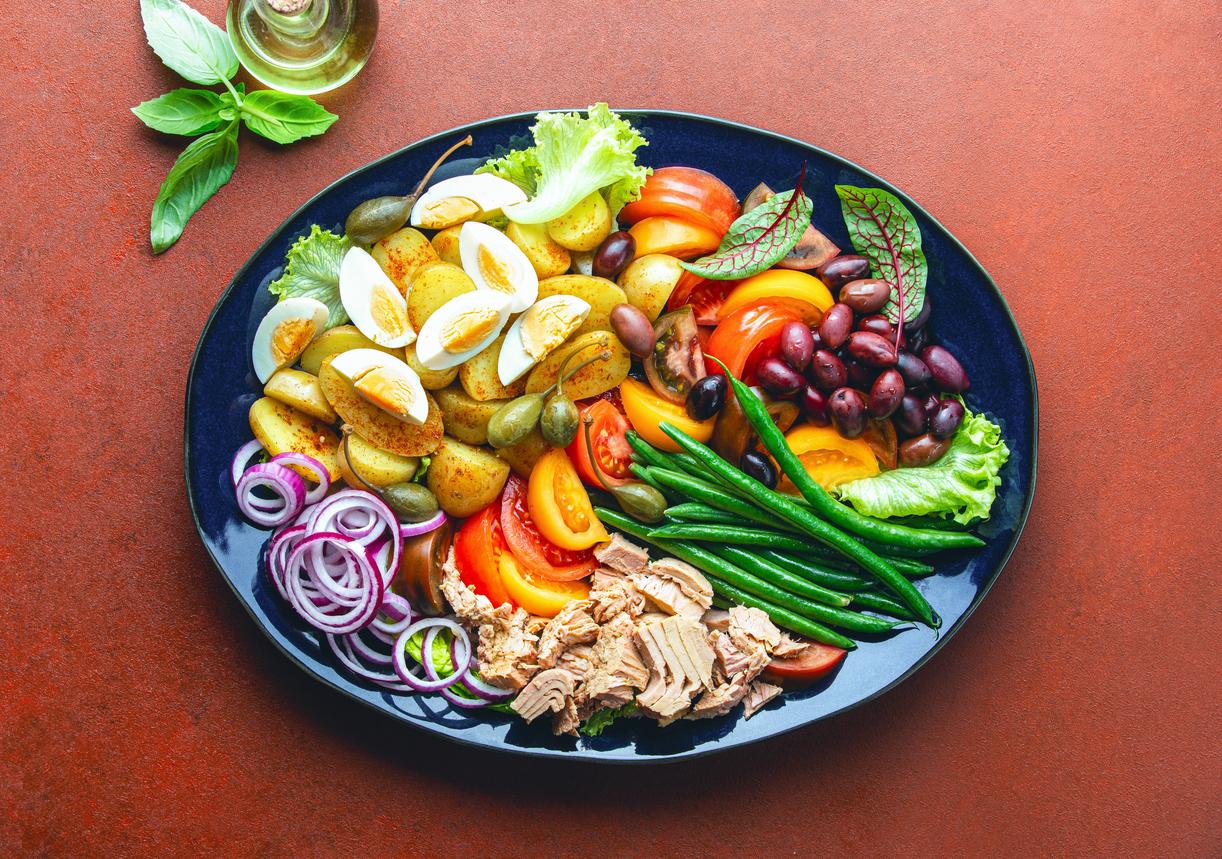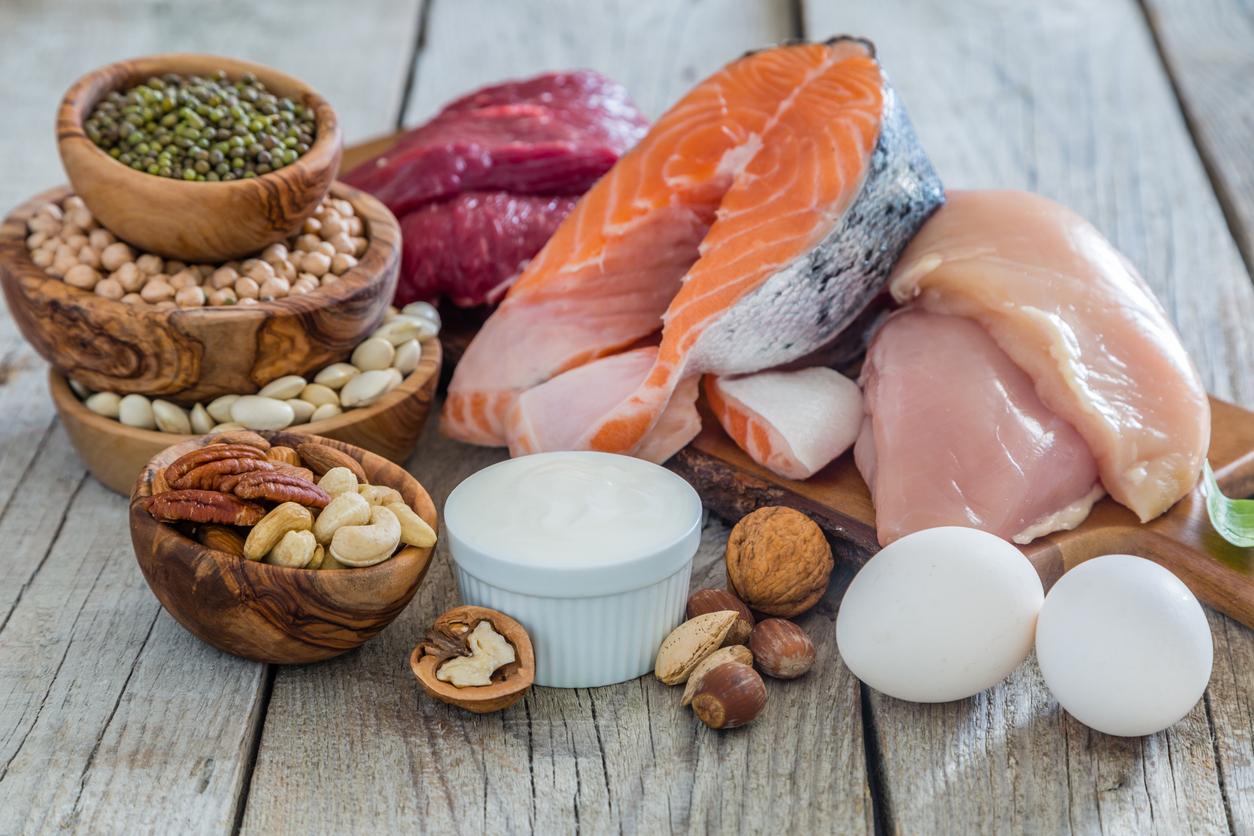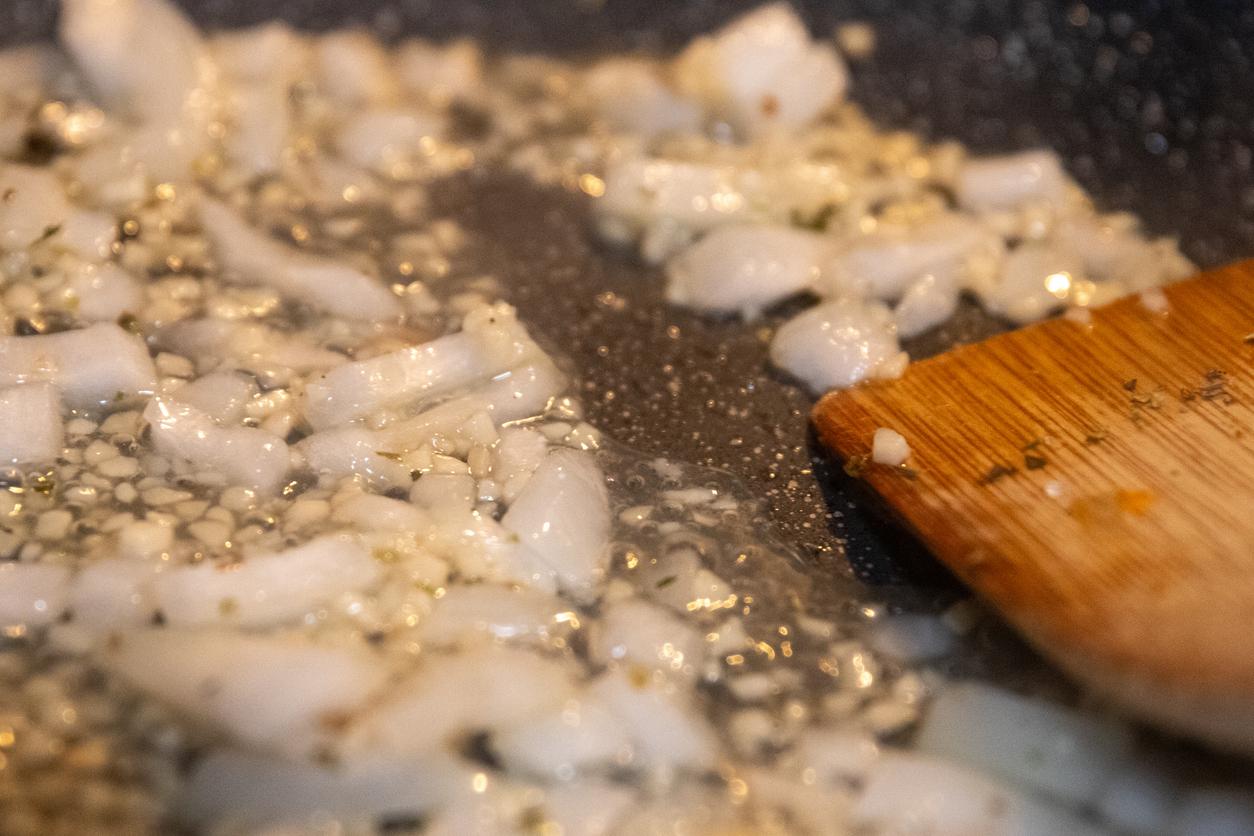More and more chicken meat sold in supermarkets shows white lines while some fillets fall apart completely. Is it dangerous for health and what are the nutritional consequences?

“We call it spaghetti meat”. In one France 2 report carried out in supermarkets in the United States, journalists warn of chicken meat with curious white lines. After unpacking, some nets fall apart entirely. But do not worry, if these abnormalities have some nutritional consequences, they are harmless to health.
“The muscle fiber is broken and it gives a texture that looks like spaghetti. Chickens grow so big and so fast that their bodies don’t supply enough oxygen and nutrients to the muscle fiber, which breaks down and becomes stringy,” says Rachel Dreskin, director of the American branch of the animal rights association. Compassion in World Farming (CIWF). Because in sixty years, American chickens have become four times bigger due to genetic manipulation. At the same time, the breeding time was halved.
But that doesn’t just happen in the United States. “The majority of poultry meat produced in the world comes from genotypes developed by a handful of companies. We therefore find these anomalies everywhere: in America, Asia and Europe”, explains Massimiliano Petracci, teacher-researcher in food science and technology at the University of Bologna (Italy). In France, individual poultry consumption has almost doubled in mainland France over the past 40 years, according to a recent file from the Ministry of Agriculture. The French would have a very particular appetite for the escalope sold by cutting.
No particular microbial risk
At home, in 2017, researchers from the National Institute for Agronomic Research (Inra) examined 123 batches. They found that 66% of the fillets had white streaks, 15% of which were to a severe degree, 53% had a tougher texture in places, and 11% had the “spaghetti” defect where muscle fibers dissociate from each other. . Fortunately, these anomalies are without risk to the health of consumers, assures INRA. Because they “are not caused by infections, so there is no particular microbial risk”, explains Massimiliano Petracci.
On the other hand, these defects have nutritional effects, the meat being fattier. The researchers sometimes found less noble proteins, more collagen and more lipids. But this variation is very small, they say. “This is linked to accelerated growth which will damage the muscle of the animal”, explains nutritionist Raphaël Gruman to 20 minutes. This does not represent “any danger”, it is simply a lower quality meat, he insists, inviting reluctant consumers to remove the bits of fat present in the white streaks.
Animals, the first victims of intensive farming
According to an INRA expert interviewed by Franceinfo, Elisabeth Baéza-Campone, defective threads are mainly present in semi-heavy and heavy production intended for processors. If the defect is too great, they go on pet food. On the other hand, these anomalies were not found in Label Rouge or organic, indicates the specialist. Because in these sectors, animal growth is slower and performance constraints are lower.
Also, in the end, it is above all the animal that suffers from intensive breeding. “The defects observed are similar to a myopathy. Fat cells replace muscle fibers. Poultry, which are heavier, have a forward center of gravity and will walk less well”, explains Elisabeth Baéza-Campone. The development of the skeleton is transformed and the threads grow in thickness.
“Food companies know rapid growth is a problem, but many have told us directly that they won’t commit to healthier genetics until customers tell them they’ve had enough. Here’s your chance to take a stand by adding your name to our growing list of supporters demonstrating the demand for healthier chicken genetics, because when you raise your voice, food companies listen — and millions of animals benefit. ”, therefore alert the CIWF association in a petition to be signed online. Also, while waiting for the agri-food industry to hear these complaints, if battery farming puts you off, turn to a free-range chicken.
.







